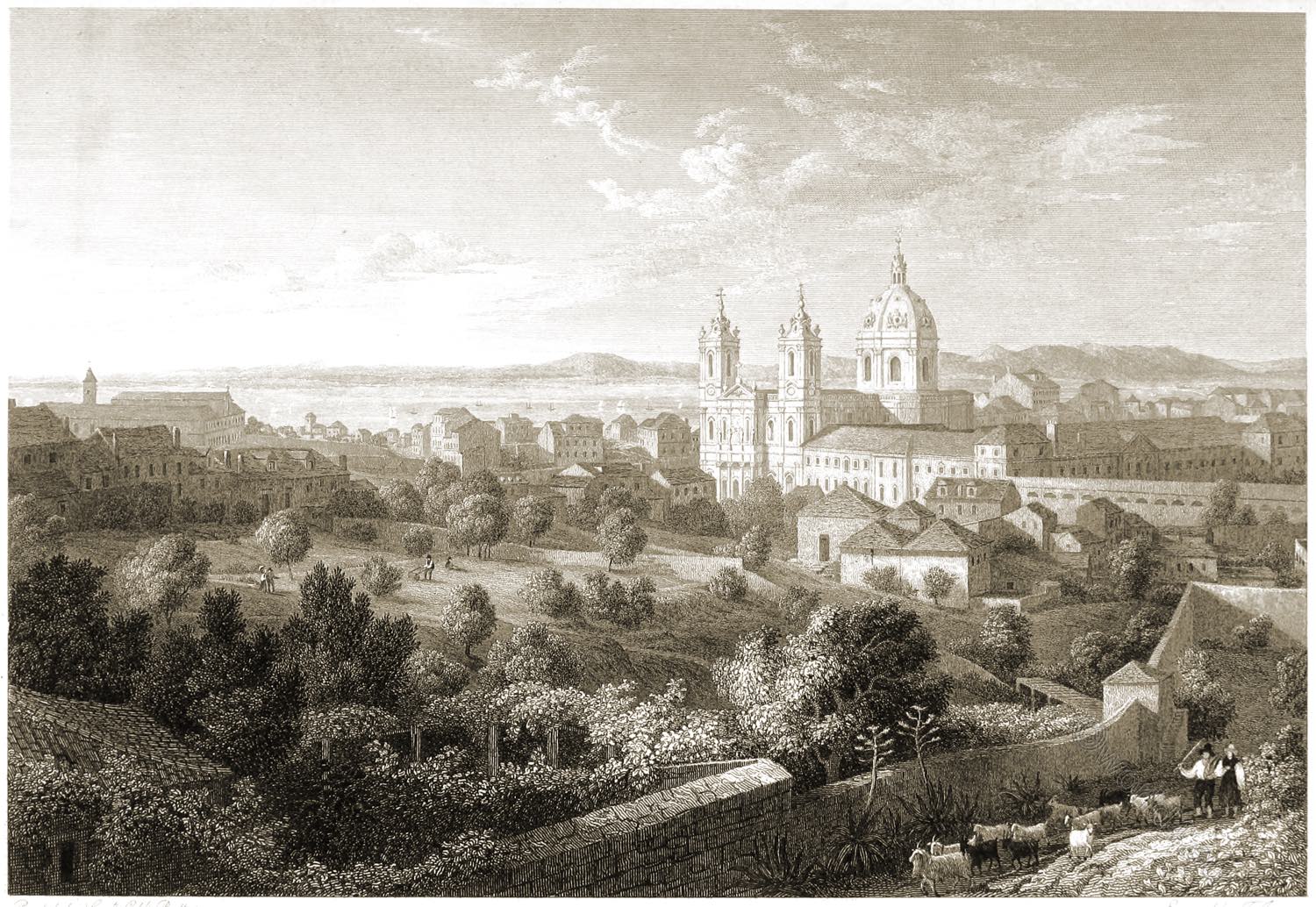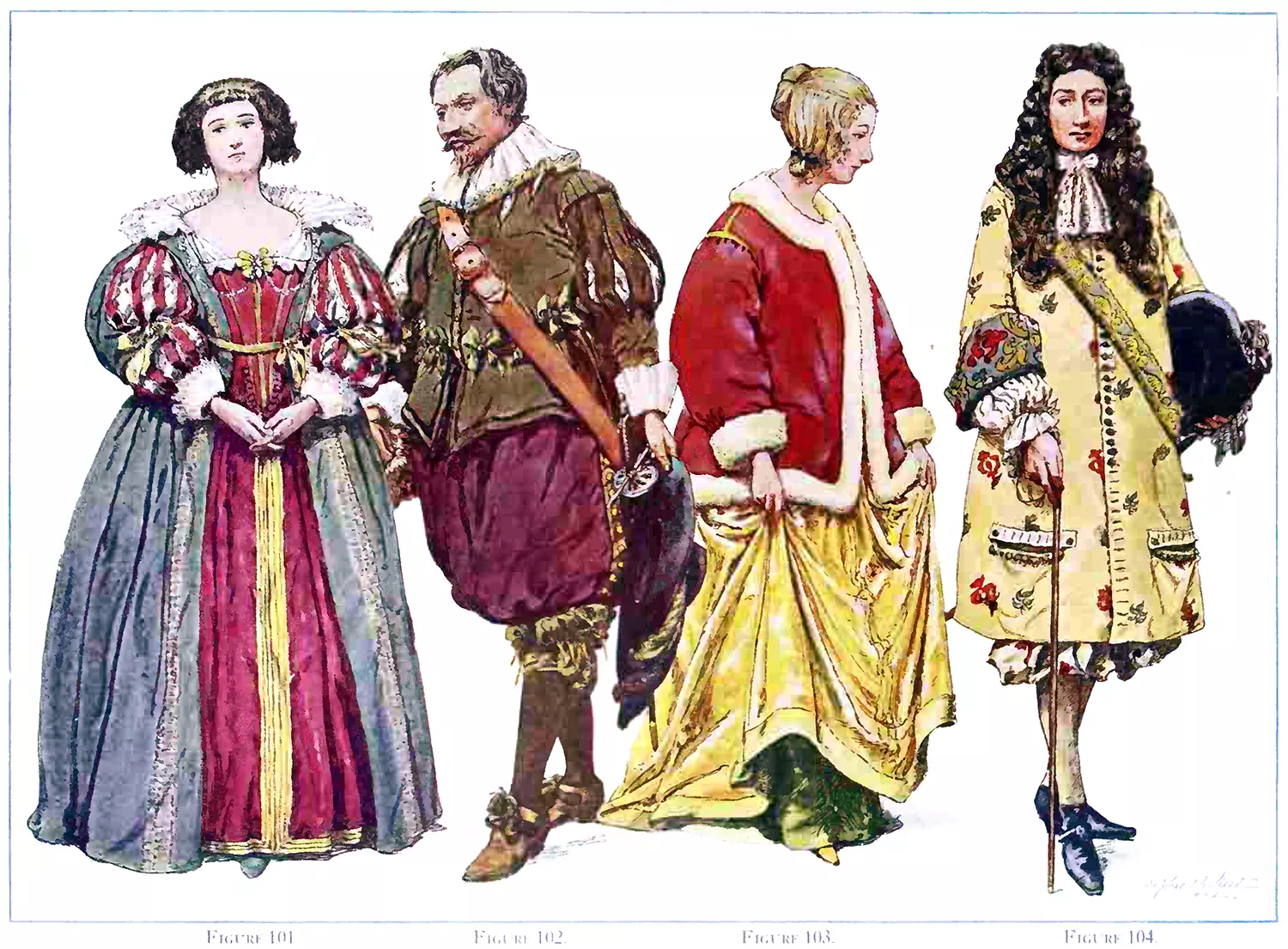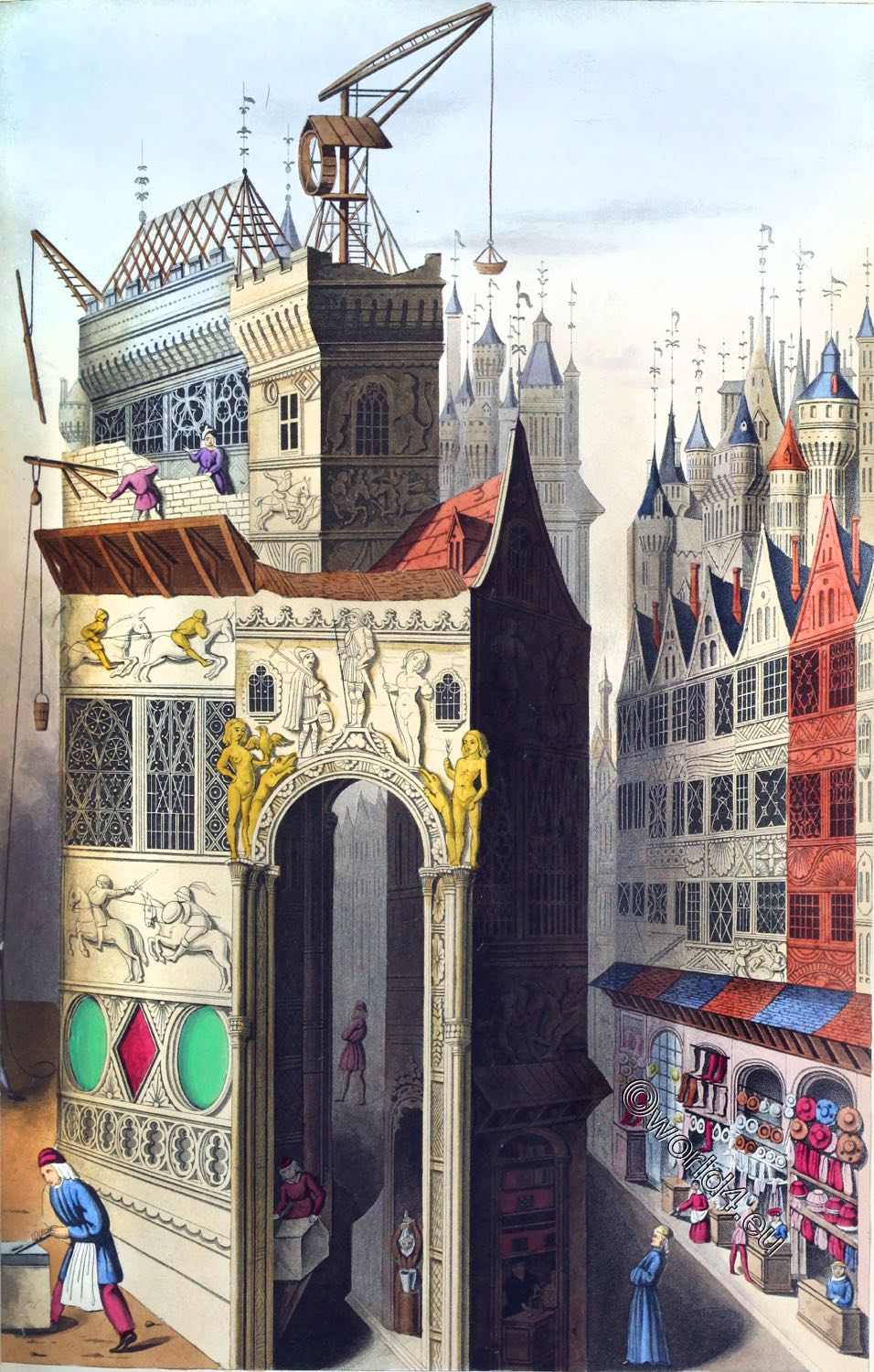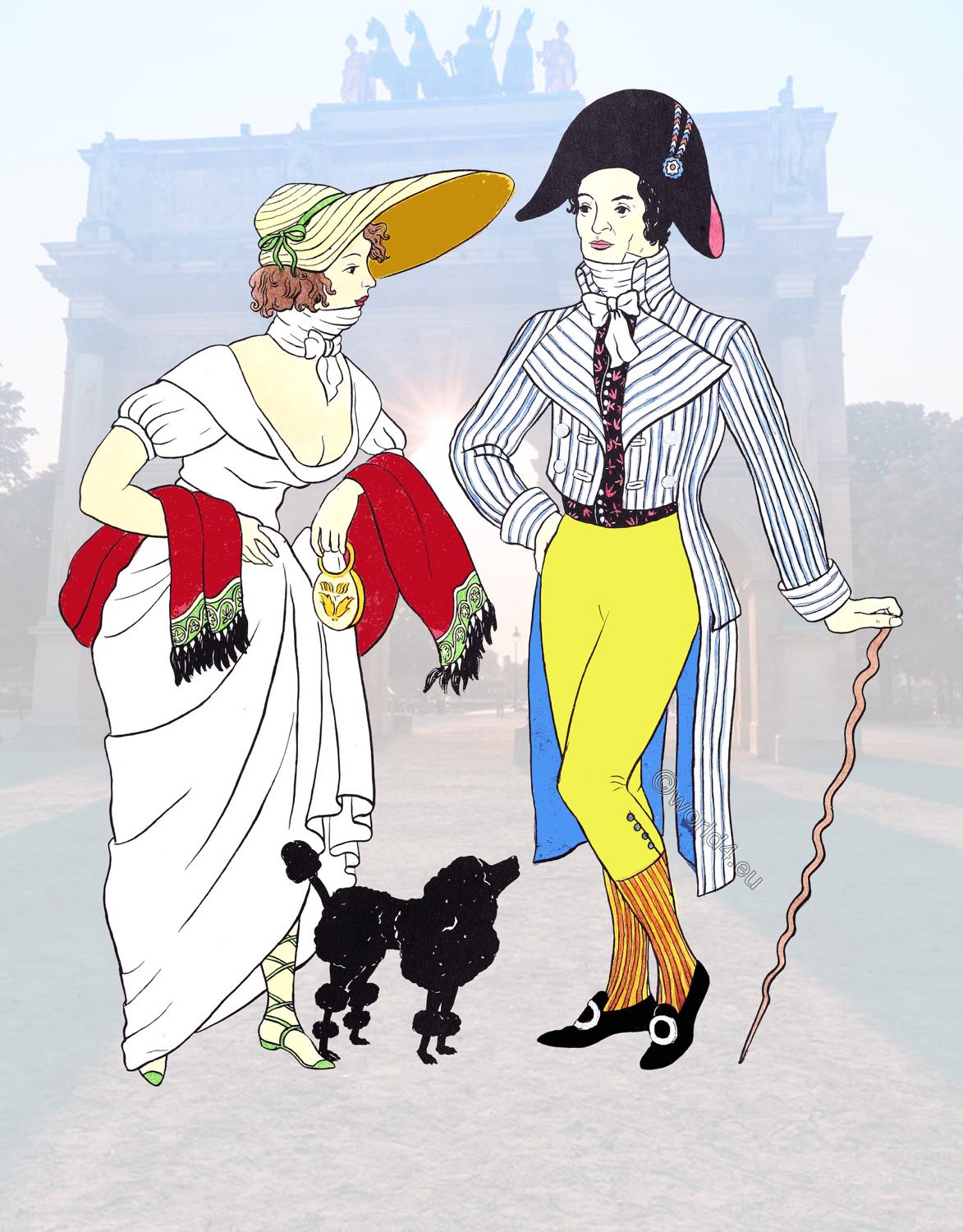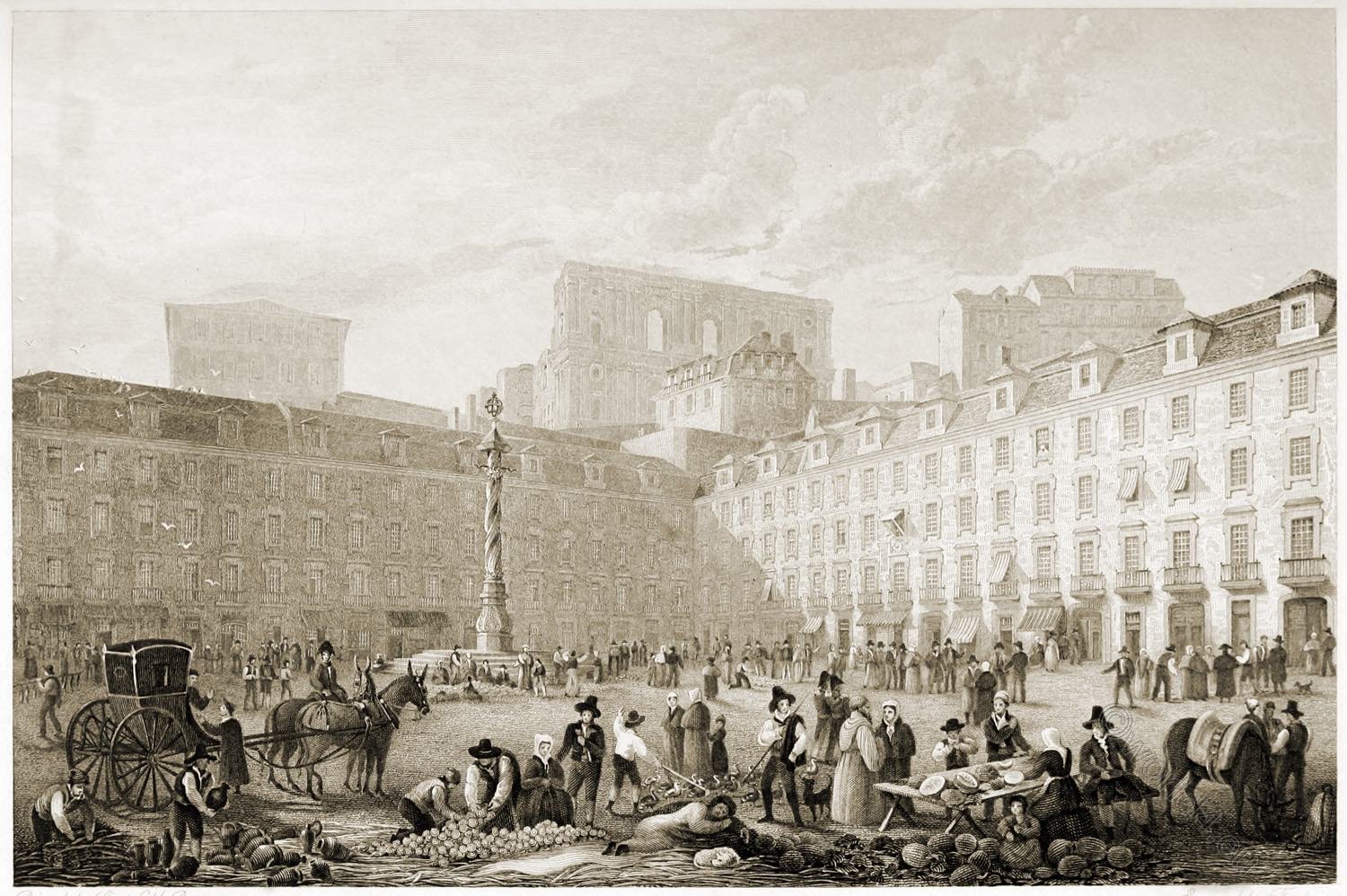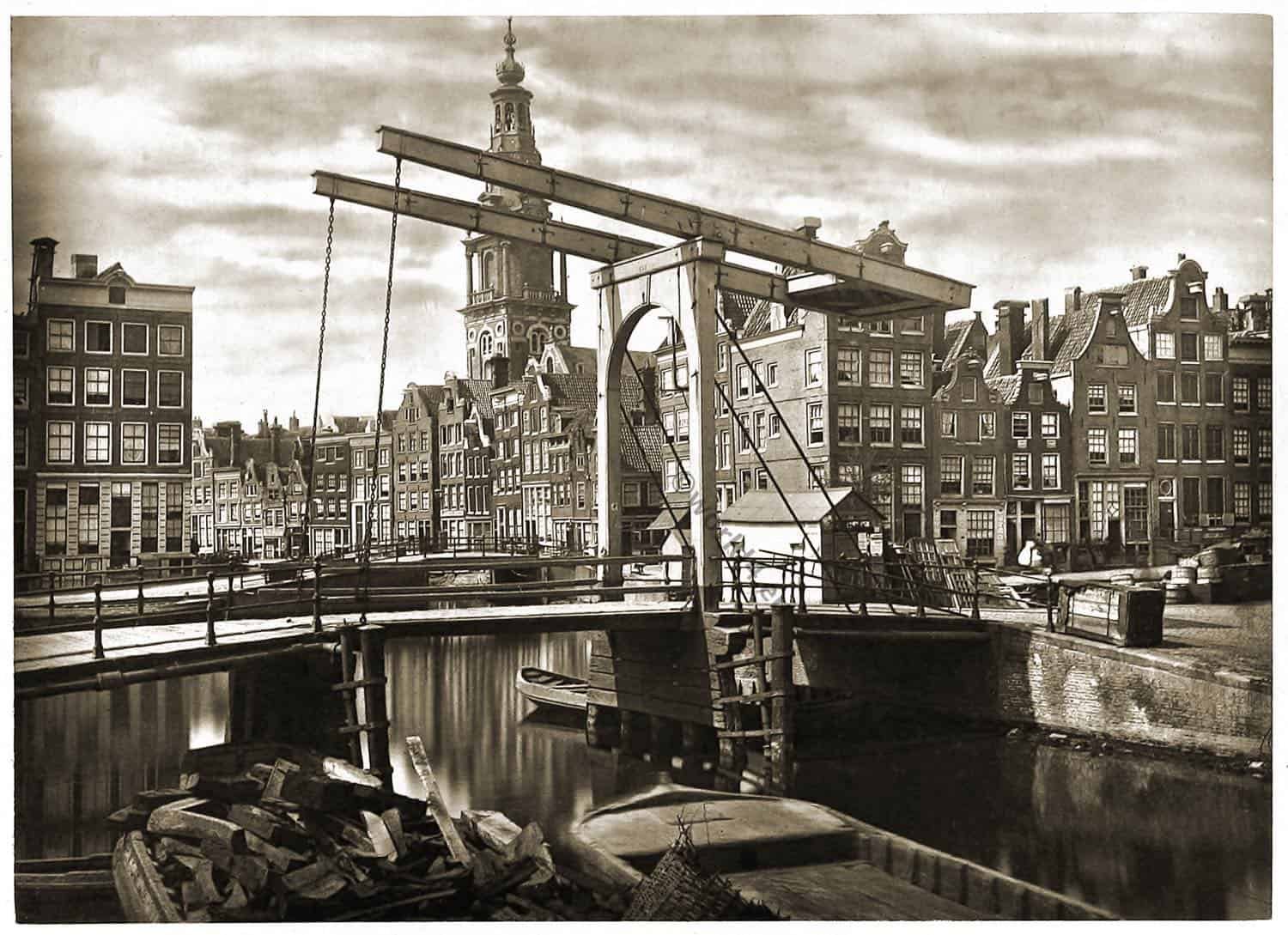
AMSTERDAM.
AMSTERDAM, the Venice of the North as it has often been called, takes its name from being the dam or dyke of the river Amstel, at whose confluence, jointly with that of the Y (pronounced eye), the chief city of the Netherlands is situated.
Numerous canals divide the city into ninety-five islands, connected together with no less than two hundred and ninety-five bridges. Most of these are in the form of drawbridges to allow the numerous boats to circulate throughout the city. A broad road in nearly all cases skirts the two sides of the canals, the houses with their quaint gables leaning towards the road, and the rows of shady trees in front having an exceedingly picturesque appearance. The stranger is generally struck with the cranes attached to nearly all the houses, dwelling-houses not excepted, by which the furniture and other things are admitted, the doors and passages not allowing of their entry in the usual way.
Many fine churches rear their quaint spires above the city, sending forth at intervals the music of their weird carrillons which, when heard in the stillness of evening, possess a singular charm to the stranger, although those who live always within hearing of them do not seem to have much appreciation for them.
The city of Amsterdam has given to the world of art some of its greatest names: Rembrandt (whose statue adorns the Butermarkt), Paul Potter, Van de Velde, Van Eckhout, Bol, and other noted painters, together with the celebrated Spinosa, having all been born here.
Nearly the whole of the city, which is of a crescent shape, is built on piles, its chief source of defense depending on its numerous sluices, by which the surrounding country could in a few hours be entirely flooded; this defense, however, proved of no value in the year 1795, when a hard frost having taken place the famous General Pichegru was enabled without much difficulty to enter the city.
Formerly it was necessary for ships entering Amsterdam to navigate the perilous Zuyder Zee, but a new canal, one hundred and twenty-five feet wide, now connects it with the North Sea, a distance of fifty miles. This is considered the broadest canal in the world, its lock gates far exceeding any others in size.
Our view is a very characteristic one of the Netherland city; The drawbridge, the barges, the church tower with its peculiar architecture, and surmounted with its belfry, the houses with their varied gables leaning towards the road, all combine to form a scene which is peculiarly Dutch.
Descriptive Article by Walter B. Woodbury. Photographed by Braun.
Source: Treasure spots of the world: a selection of the chief beauties and wonders of nature and art by Walter Bentley Woodbury (1834-1885); Francis Clement Naish. London: Ward, Lock, and Tyler, Paternoster Row, 1875.
Continuing
Discover more from World4 Costume Culture History
Subscribe to get the latest posts sent to your email.

